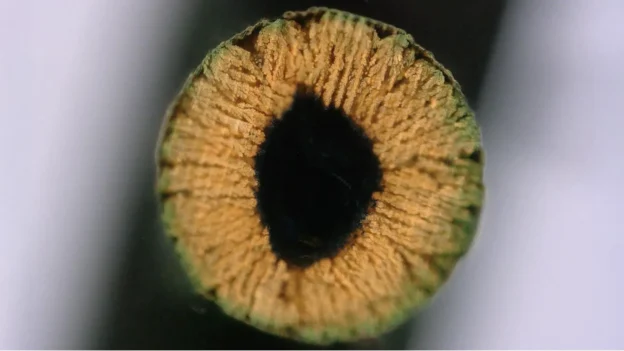In the world of additive additive manufacturing a team of researchers at the Ecole Polytechnique Fédérale de Lausanne (EPFL) has taken a significant step towards creating more robust and versatile materials. Their new approach, based on 3D printing with hydrogels, makes it possible to produce metal and ceramic structures with a density and strength hitherto unheard of in this type of process.
This method is based on photopolymerization in a vat a technique known for molding polymers with light, but which until now had limited applications due to the weakness of the resulting materials. The group led by Daryl Yee, from the ALCHEMY laboratory of the EPFL School of Engineering, overcame this limitation by implementing a simple hydrogel, which is then infused with metal salts. This procedure generates metallic nanoparticles that reinforce the structure without compromising its original shape.
The hydrogel that allows dense structures without deformation
One of the main advantages of this process is its ability to avoid excessive shrinkage of the parts during heat treatment. heat treatment . Compared to traditional techniques, which can generate up to 90 % volume reduction, this new method reduces that figure to just 20 %, thus maintaining the geometric integrity of the design.
Researchers have demonstrated their effectiveness in structures such as gyroids, geometries especially useful in applications where a combination of lightness, porosity and robustness is required.
3D printing deciding the material afterwards
One of the main features of the process is that material selection does not occur at the beginning, but after printing. Because of this, the hydrogel can be transformed into multiple metallic or ceramic combinations, which opens the door to multifunctional designs without the need to remake the base model.
Among its benefits are its accessibility and low cost, two ideal attributes for sectors such as biomedical, energy and advanced sensors. advanced sensors . For example, metal catalysts with large surface area, essential for electrochemical processes, could be manufactured more efficiently and customized with this technology.
Future prospects for industrial automation
The EPFL team recognizes that the current process requires several infusion cycles that lengthen manufacturing times. However, they are already working on an automated version of the system, with robots in charge of managing the repetitive steps and ensuring the accuracy of each step.
With this breakthrough, 3D printing would leave its limitations behind and become a tool adaptable to the functional needs of each project. A concept that promises to change the way advanced components of the future are designed.

